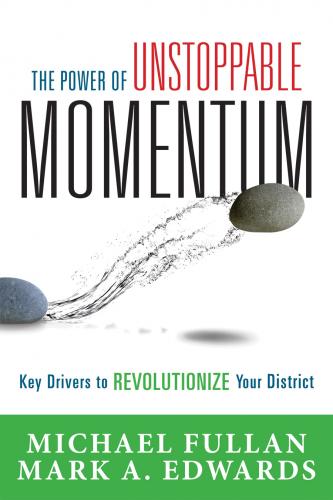Table 2.1: North Carolina District Achievement, 2014–2015
| Rank | District | 2014–2015 Proficiency |
| 1 | Chapel Hill-Carrboro | 77 percent |
| 2 | Union | 72 percent |
| Polk | 72 percent | |
| 3 | Mooresville Graded | 71 percent |
Figure 2.1: Four-year cohort graduation rate at MGSD.
Based on the MGSD experience, we developed a set of guidelines to help districts move rapidly and soundly to stratospheric deep learning performance on a systemwide basis. The following eight guidelines reflect the elements of whole-system change (Fullan, 2010).
1. Moral imperative (high expectations for all students)
2. Culture of caring (caring for all with a push for efficacy)
3. Digital resources and infrastructure (support, ubiquity of access)
4. Evolutional capacity building (individual and team)
5. Instructional transformation (new pedagogy for student and teacher engagement)
6. Daily date with data (building an evidence-based culture)
7. Resource alignment (establishing priorities and repurposing resources accordingly)
8. All-in collaboration (everyone counts and is implicated)
These elements gain their power through their interaction with each other. A cookbook recipe or an organizational change model is impossible because the dynamics are often subtle and many issues are peculiar to a given culture. However, schools can do a much better job of getting at the key factors and their interactions. The following key factors played a major role in the MGSD results.
• Coalescing leaders at all levels around a shared vision (developing coordinated leadership at the school and district levels)
• Establishing leadership for high performance (adjusting to the push and pull of change)
• Creating a culture for collaborative work (with focus and specificity)
• Developing an evidenced-based culture (availability, transparency, precision of data for action)
• Establishing leadership development for all (informal and formal processes for leading and learning at all levels)
• Managing the tough stuff within a caring climate (being accountable internally at the district level and externally at the state or province level)
These six factors in concert framed the shift in culture at MGSD. Constant reflective dialogue in which staff routinely asked questions like “How is the work going?” and “What are we learning?” provided everyone with a shared feeling and purpose of their role in authoring the transformation story. By applying these guidelines and key factors in a way that addresses your district’s unique needs, you can begin the process of establishing a cultural transformation that achieves measurable results for your entire student body.
Cultural Transformation
A successful change process involves developing a culture where everyone models and expects visibility; practice and results are transparent; action is precise; problem solving is innovative, but disciplined; and everyone is engaged each day. At MGSD, everyone means students, parents, janitors, clerical staff, teachers, and administrators at all levels. One effective way of developing and reinforcing this kind of culture is to expect that everyone becomes a teacher for everyone else, inside and outside of the district. This is a win-win proposition that helps everyone get better as they develop “a shared understanding about the nature of the work” (Fullan & Quinn, 2016, p. 2).
Конец ознакомительного фрагмента.
Текст предоставлен ООО «ЛитРес».
Прочитайте эту книгу целиком, купив полную легальную версию на ЛитРес.
Безопасно оплатить книгу можно банковской картой Visa, MasterCard, Maestro, со счета мобильного телефона, с платежного терминала, в салоне МТС или Связной, через PayPal, WebMoney, Яндекс.Деньги, QIWI Кошелек, бонусными картами или другим удобным Вам способом.
